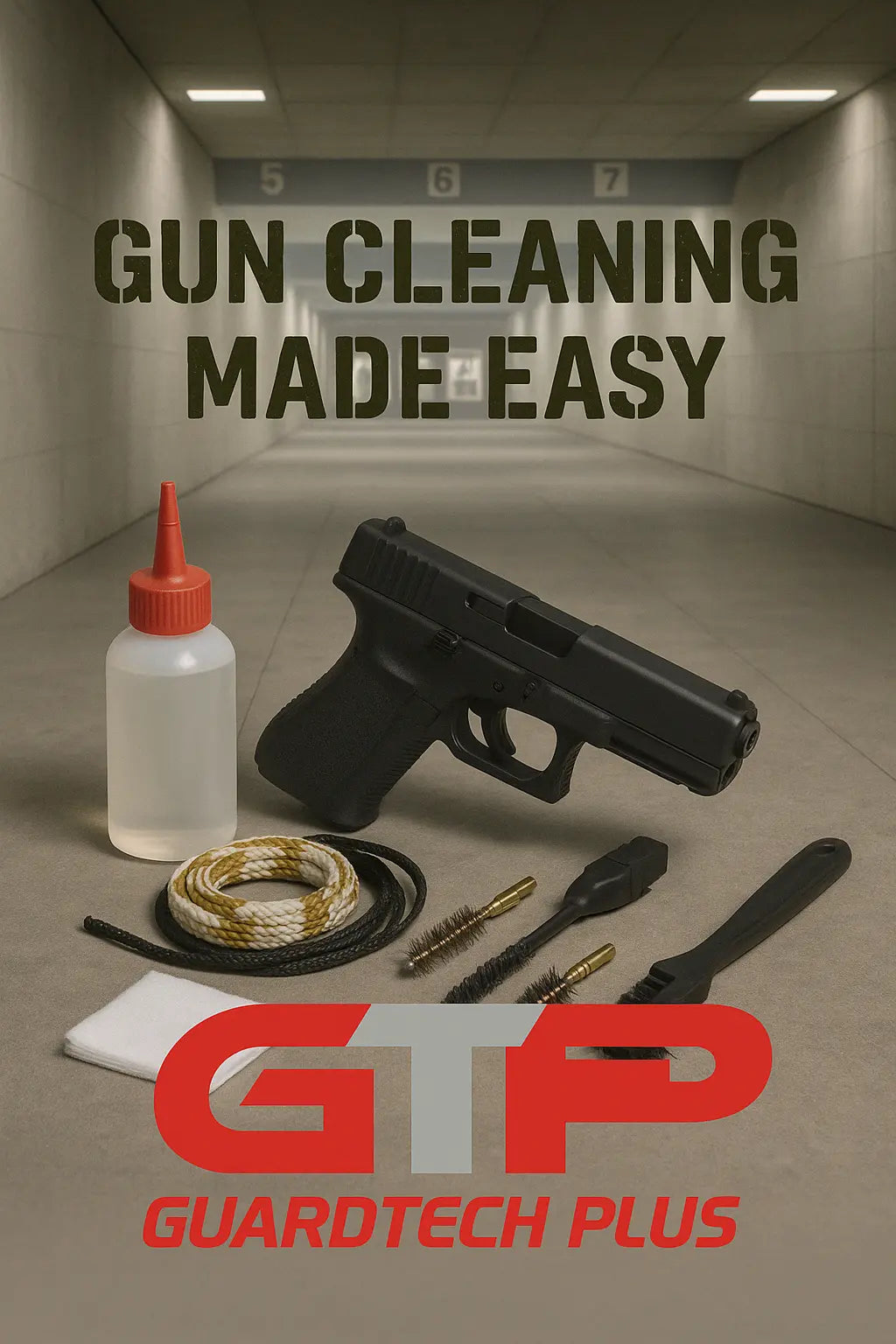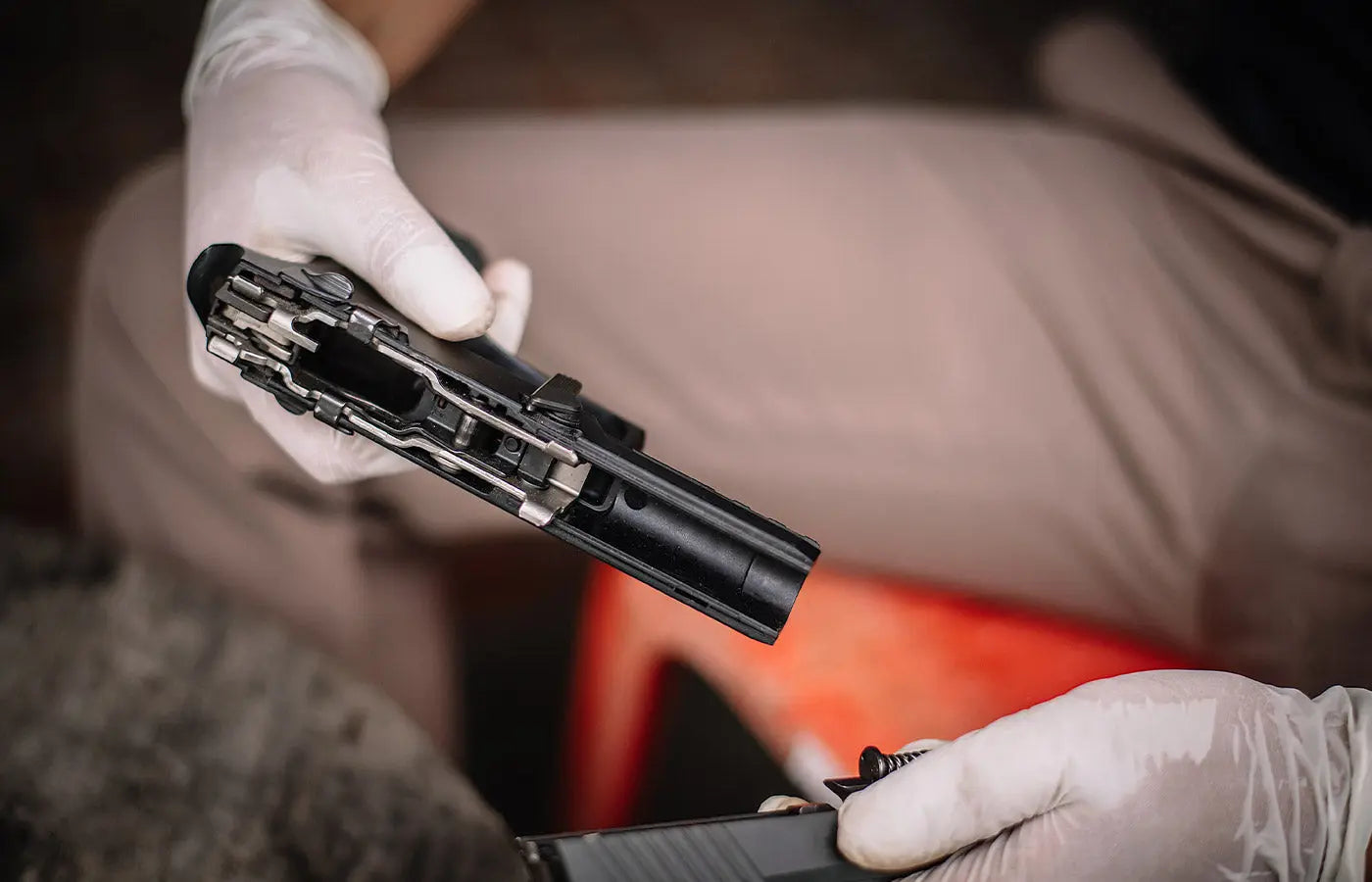Maintaining your firearm is crucial for safety, performance, and longevity. Regular cleaning and maintenance not only enhance the operational efficiency of your gun but also ensure your safety. Whether you are a seasoned gun owner or new to firearms, effective cleaning techniques can significantly reduce the likelihood of malfunctions during critical situations. In this guide, we will cover essential tips for firearm maintenance that will help you keep your weapon in prime condition.
Understanding the Basics of Firearm Cleaning
The Importance of Regular Cleaning
Regular cleaning of your firearm ensures it functions correctly and safely. Over time, dirt, debris, and residue from ammunition can accumulate, affecting performance. Clean firearms are less likely to jam and suffer from misfires. Not only does this keep you safe, but it also extends the life of your weapon. As a rule of thumb, firearms should be cleaned after each use, especially if they have been exposed to harsh conditions.
Types of Cleaning Products and Tools
Investing in high-quality cleaning products is essential for maintaining your firearm. Key items include cleaning solvents, lubricants, patches, brushes, and cleaning rods. Using a proper cleaning kit, such as the ShieldPro Elite Gun Cleaning Kit, can streamline the process and help ensure that you have all the necessary tools at hand. Always choose products that are specifically designed for firearms to avoid damage.
Step-by-Step Cleaning Process for good Firearm Maintenance
Initial Preparation
Before beginning the cleaning process, ensure that your firearm is unloaded. Remove the magazine and check the chamber visually and physically to confirm it is clear of ammunition. Always handle your firearm as if it is loaded to avoid accidents, focusing on maintaining a safe direction through the entire cleaning process.
Disassembling Your Firearm
Follow your firearm's owner manual for the correct disassembly procedures. Depending on the firearm type, this may involve removing the slide, barrel, and recoil spring. Be careful with springs and small components; use a container or gun cleaning mat with areas to hold small parts to avoid losing them during cleaning. Proper disassembly allows for thorough cleaning of each component, reducing the chance of residue buildup.

Cleaning the Internal Components
Cleaning the Barrel
The barrel is a critical component that needs meticulous cleaning. Use a cleaning rod with a suitable brush to scrub the inside gently. Apply a bore cleaner to help dissolve fouling. Run a clean patch through until it comes out clean, indicating that the barrel is free of residue. Repeat this application as necessary, especially for heavily fouled barrels.
Attention to Action and Bolt Assembly
In addition to the barrel, it is important to clean the action and bolt assembly. Use a brush and cleaning solvent to remove dirt and fouling from the bolt carrier and chamber. Pay close attention to these moving parts since any obstruction can lead to malfunction. Wipe down these areas thoroughly to ensure no cleaning residue is left behind.
Lubrication and Reassembly
Applying Lubrication
After cleaning, apply the appropriate lubricant to the moving parts of your firearm. Avoid over-lubricating, as excess oil can trap dirt and debris. Focus on lubrication points noted in your owner’s manual, typically on bearing surfaces such as the bolt or slide rails. Proper lubrication is critical in maintaining smooth operation and preventing wear over time.
Reassembly and Final Inspection
Carefully reassemble your firearm, ensuring that each component is fitted back into place correctly. Conduct a final inspection of all parts, checking for signs of wear or damage. If you notice any irregularities, consult with a gunsmith before using the firearm again. A thorough inspection can prevent potential safety issues when firing.
Storage and Maintenance Tips
Safe Storage Practices
Proper storage is essential for maintaining the condition of your firearm. Store your weapon in a secure, dry place, ideally in a locked safe or cabinet. Use humidity control measures, such as desiccants, to prevent rust and corrosion. This practice not only protects your firearm but also ensures it is secure from unauthorized access.
Regular Inspections
Even when firearms are not in use, performing routine inspections is a good practice. Periodically check the condition of your firearms, paying attention to signs of rust, wear, or internal moisture. Conduct a quick cleaning if you notice buildup, ensuring that your weapon remains safe and operational at all times.
Conclusion
Maintaining your firearm through effective cleaning and storage practices is vital for safety and performance. By following these steps and utilizing high-quality cleaning kits like the ShieldPro Elite, you can keep your weapon in excellent condition. Remember, a well-maintained firearm is a safe firearm. Always prioritize safety, and don’t hesitate to seek professional assistance if you encounter any issues during the cleaning process. Proper firearm maintenance not only enhances functionality but also significantly extends the lifespan of your weapon.
Frequently Asked Questions (FAQ)
How often should I clean my firearm?
It is recommended to clean your firearm after every use. If it has been exposed to harsh environments, consider cleaning it more frequently to prevent buildup and corrosion.
What tools do I need for cleaning my firearm?
Essential tools include cleaning solvents, brushes, cleaning rods, patches, and a lubricant specifically designed for firearms. A comprehensive cleaning kit simplifies the process.
Can I use household cleaners for my firearm?
No, it is advised to use products specifically designed for cleaning firearms to avoid damage or malfunction. Household cleaners may contain chemicals that can harm your firearm.





